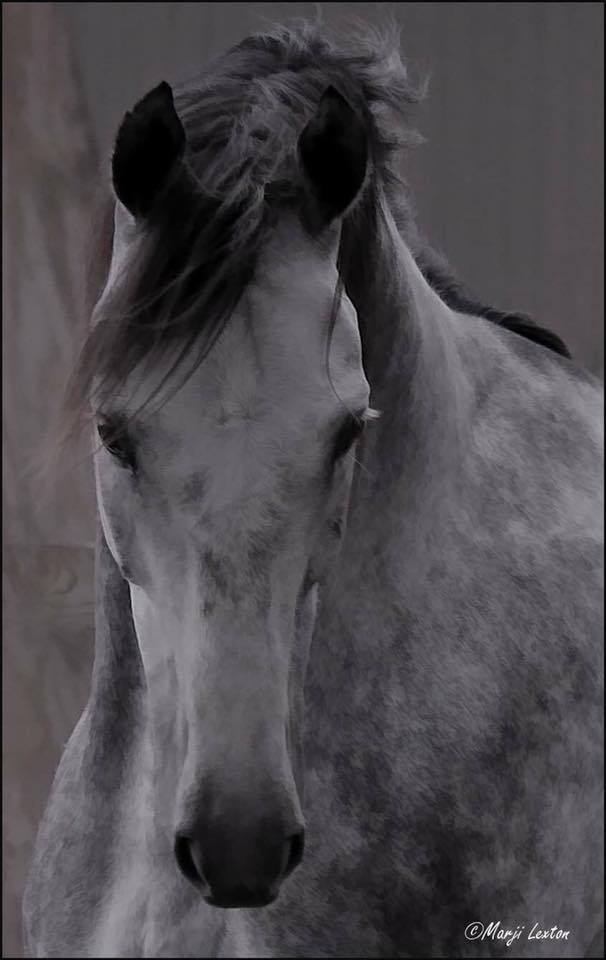
Q&A with RVR Horse Rescue
I was able to speak with Kelly at RVR Horse Rescue recently to learn more about this OTTB group in Florida.
1. Where is RVR Horse Rescue based?
RVR Horse Rescue is based in Plant City, Florida, which is east of Tampa.
2. How did your program begin?
Shawn Jayroe, who is the founder and president, grew up on a thousand acre ranch in Texas and is a lifelong horse person. As an adult, she started rescuing horses. She served the most at-risk horses, who were starved, abused, and/or neglected. She would board and rehab the horses on her own.
As this program grew, she knew what she wanted to do. She sold her business, recruited volunteers, and got more barns. In 2011 RVR became a 501(c)(3) charitable organization.
One of the vets who worked at RVR was also a track vet at Tampa Bay Downs. This vet asked if they’d be interested in taking injured thoroughbreds who needed to retire. The answer was yes.
3. What happens when a horse is accepted into your program?
RVR gets a call from Tampa Bay Downs, whether it be a trainer, owner, or contact at the track. RVR puts their vet in touch with the vet at the track to confirm the diagnosis and make sure they can handle the horse with space and manpower.
Once the horse is brought to RVR it gets a full physical. The vet sets out a rehab plan and follows up with regular checks. As healing takes place, the horse will get a slightly bigger stall. Next, the horse will go out by itself to a larger place (but not big enough to run). This continues until the horse is fully healed, and then the horse joins the herd. The new horse will have seen these horses already over fence lines.
Once physically cleared by a vet, a trainer evaluates the horse for temperament, discipline, and level of rider the horse will need. Then applicants work with the adoption coordinator. Each applicant needs to spend a minimum of thirty days as a sponsor to adopt. The applicant comes out to make a bond with the horse. He or she needs to ride the horse with trainers (RVR or own). RVR makes sure it’s a good match for the horse. After 30 days, the RVR executive board discusses the adoption and approves or disapproves.
4. How big is the property where your farm is located?
The farm is twenty-five acres with two barns. Not all of the land is in use currently, as there is a major fencing project in the future. They have been at this location since January 2020.
5. Do you require new owners to do reporting?
New owners must sign an adoption contract. RVR regularly checks in for the first few years. They want to be sure the horse is receiving vaccines, dental, etc. RVR can visit the horse’s new home to see the horse. There also is a visit to this property before the adoption to see the accommodations (e.g. make sure there is no barbed wire). Owners are not allowed to transfer the horse to anyone else. It must be surrendered to RVR if the current owner cannot keep the horse.
6. How many horses have gone through your program?
Approximately 400 horses have gone through the program with 46 of them being off-track thoroughbreds.
7. How does RVR receive funding?
The primary source of funding is individual donors, including monthly subscriptions.They also hold fundraisers, such as a major one in the spring that is an open house with live music, food, and raffles. They also have people who sponsor horses in rehab. Additionally, they apply for one or two grants each year. Finally, they have a store from which they sell donated items, as well as their own branded merchandise.
8. Do you have a story about a horse that we can share with our readers?
One of the first rescues from the track was ItsGonnaBeAllRight, who was given the barn name Hollywood. He was an expensive horse, and in one of his first races he blew out his suspensory ligament. The vets weren’t sure if he would be able to be sound after the traumatic injury. His owners wanted to give rehab a shot. He was in rehab for 1-1/2 years. His personality never soured; he was never difficult. To the contrary he was the first to react and interact with humans at the barn. He eventually was adopted out as a pasture pal. He is very loved and gets to be a prince in a pasture.
9. If people want to help your program, what can they do?
If interested people are local, they would love to have volunteers. The program is 100% volunteer. There are feeding shifts, daily chores, maintenance projects, administrative activities. They also run a large animal rescue team that responds to situations, such as a horse stuck in the mud or in an accident and trapped in a trailer. RVR hosts training classes in the spring.
Anyone is also welcome to support RVR financially. You can make a donation through their website or shop at their tack store.
We have written many other interviews for OTTB groups. You can learn about MidAtlantic Horse Rescue here.
*Photo courtesy of Marji Lexton.
